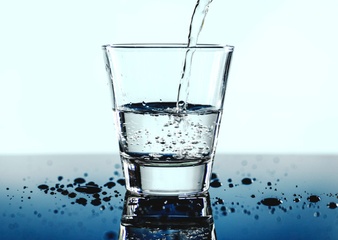Many leading experts and doctors point out that calcium is one of the most required minerals. Being an essential mineral, scientists and doctors have from time to time have stated how calcium should be consumed. The benefits of calcium are attached to the development of strong and healthy bones and connective tissues.
In addition, calcium is known to help your blood clot, which’s important when you cut yourself. It is worth noting that 99% of the calcium in your body is in your bones and teeth. You may wonder why we need calcium if our bones and teeth are already formed.
The truth is that you lose calcium daily through sweating and other bodily excretions. It cannot be produced by the human body so must be replaced.
Levels of Calcium:
The amount of calcium you need daily changes with age. It actually increases as you get older and helps to keep your body strong and healthy. You can get calcium from the foods you eat. But, you may be surprised at how many people are still in a calcium deficit.
Calcium In Water:
Calcium levels are not the same in all types of water. Hard water generally has significantly higher levels of calcium than soft water. This is because hard water is water that has traveled through rocks and picked up minerals on the way. Soft water doesn’t have the same mineral content.
The interesting thing is that studies into people drinking hard water indicate that this has an array of health benefits. The calcium in this water helps to keep your bones and teeth strong. Other minerals in the water are also beneficial for your health, making hard water a good choice of drinking water.
Of course, calcium is not the only mineral picked up. The water also goes through a treatment plant that removes debris and bacteria by adding other chemicals. This means that, alongside the minerals that are beneficial to you, there will be chemicals that may not be beneficial.
The truth is that research is still ongoing but the chlorine and fluoride added to the water may cause additional health issues. For this reason, many people choose to use water filters and remove all the contaminants, effectively getting pure water.
But, Calcium Water Is Beneficial!
Removing the chemicals also removes the beneficial minerals, including calcium. The good news is that water filters are significantly more advanced than they used to be. They can now remove all the extras in your water and then add specific minerals back in.
This allows you to get the benefits of hard water and calcium in the water, without the potential risks associated with chlorine and fluoride
Of course, if you prefer to drink pure water you can remove all minerals and rely on a supplement to get your calcium. However, if you have hard water it’s a good idea to make the most of it, filter out the chemicals, and enjoy the benefits to your health.























